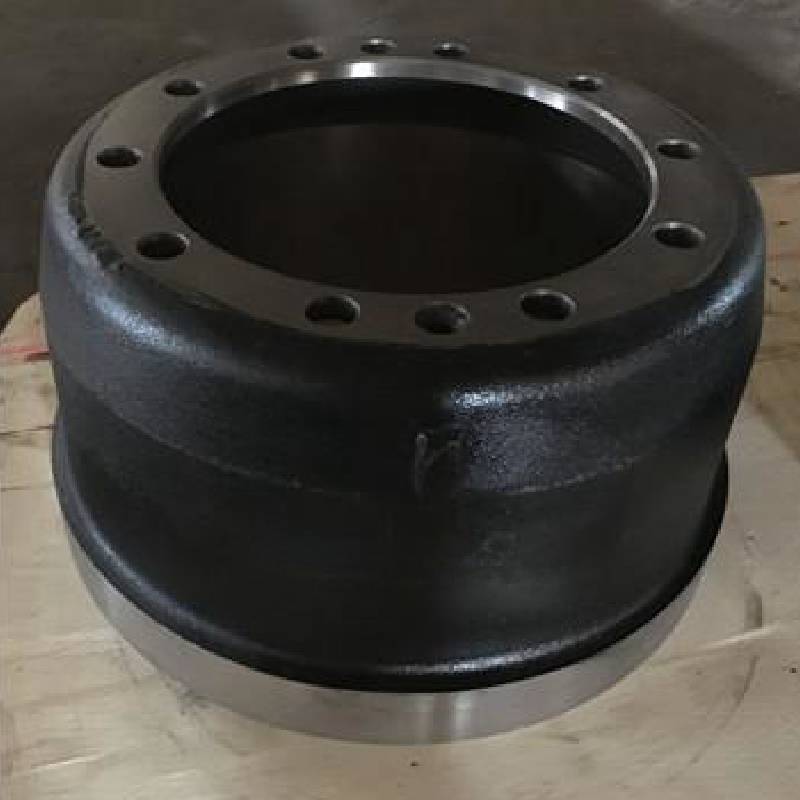Dec . 14, 2024 14:54 Back to list
Essential Components of Rear Brake Drum Assembly and Their Functions
Understanding Rear Brake Drum Parts A Comprehensive Guide
When it comes to vehicle safety and performance, the braking system is one of the most critical components. Among various brake systems used in automobiles, the rear brake drum setup plays an essential role in ensuring efficient braking. This article explores the various parts of a rear brake drum and their functions, providing a comprehensive understanding of how they work together to bring a vehicle to a stop.
Overview of Rear Brake Drum Systems
Rear brake drum systems are often found in older vehicles and some light-duty trucks. Unlike disc brake systems, which use a caliper and rotor, brake drums operate on a different principle. The main component is the brake drum itself, a circular piece that houses the brake shoes inside. When the driver presses the brake pedal, hydraulic force pushes the brake shoes outward against the drum, creating friction that slows down or stops the vehicle.
Key Components of Rear Brake Drum Systems
1. Brake Drum The brake drum is the core component of the rear brake system. Made from cast iron or a similar material, it serves as the rotating part that the brake shoes press against. Over time, the drum can become worn or warped due to heat and friction, which can impair braking performance.
2. Brake Shoes Brake shoes are curved components lined with friction material. When the brake pedal is engaged, these shoes are pushed against the inner surface of the drum, creating the necessary friction for braking. Regular inspection and replacement of brake shoes are crucial, as worn shoes can decrease stopping power and potentially damage the drum.
3. Give Spring This spring helps to keep the brake shoes in the correct position when not in use. It prevents the shoes from dragging against the drum, which could lead to premature wear and overheating.
4. Adjuster The brake adjuster maintains the correct distance between the brake shoes and the drum. It automatically compensates for wear, ensuring that the shoes remain close to the drum for effective braking. If the adjuster malfunctions or becomes clogged, it can lead to a dangerous lag in braking response.
5. Wheel Cylinder The wheel cylinder is a hydraulic component that converts the brake pedal's force into mechanical force to push the brake shoes outward. Over time, wheel cylinders can leak fluid or develop internal corrosion, resulting in decreased braking effectiveness.
rear brake drum parts

6. Backing Plate The backing plate provides a mounting surface for the brake shoes and the wheel cylinder. It is typically made of stamped steel and is designed to protect the rear axle and provide structural stability.
7. Dust Shield Located behind the brake drum, the dust shield protects the brake components from dirt, debris, and moisture. Keeping these parts clean is essential for optimal performance and longevity.
Maintenance Tips
Maintaining the rear brake drum system is crucial for vehicle safety and performance. Here are some tips for proper maintenance
- Regular Inspections Check the brake shoes for wear and inspect the brake drum for any signs of cracking or warping. Replace worn parts promptly to avoid extensive damage. - Brake Fluid Checks Ensure the brake fluid is at the appropriate level and free of contaminants. Low fluid levels or dirty fluid can affect the performance of the wheel cylinder and overall braking capability.
- Adjustments Pay attention to the adjuster's function. If the brakes feel loose or if the pedal travels too far, it may be time to adjust or replace the adjuster.
- Professional Servicing For complex issues, it is advisable to consult a qualified mechanic who can provide thorough inspections and repairs.
Conclusion
Understanding the various parts of the rear brake drum system is essential for any vehicle owner. By knowing how these components operate and the importance of regular maintenance, drivers can ensure their vehicle's braking system functions effectively and safely. Investing in proper care for your brake system not only enhances safety but also prolongs the life of your vehicle, promoting a smoother and more reliable driving experience. Whether you're a seasoned driver or a new car owner, taking the time to learn about your vehicle's brake system can make a significant difference in your overall road safety.
-
Scania Brake Drums: OEM Quality for Optimal Safety & Durability
NewsAug.16,2025
-
R.V.I: Advanced Remote Visual Inspection for Precision
NewsAug.15,2025
-
Discover HYUNDA: Innovative Vehicles, Equipment & Solutions
NewsAug.14,2025
-
R.V.I: Unlock Advanced Insights & Real-time Performance
NewsAug.13,2025
-
Kamaz Brake Drum: Durable & Reliable for Heavy Duty Trucks
NewsAug.12,2025
-
Heavy Duty Iveco Brake Drum - Premium Quality & Safety
NewsAug.11,2025
